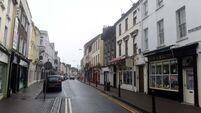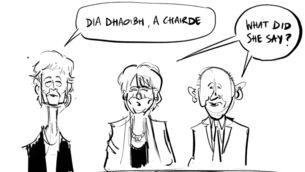Recession directly to blame for up to 560 suicides

The findings are contained in a report to be presented to the Oireachtas Health Committee next week on suicide prevention.
It is the culmination of two years’ research carried out by a number of organisations in co-operation with Senator John Gilroy, the Oireachtas rapporteur on suicide prevention.













